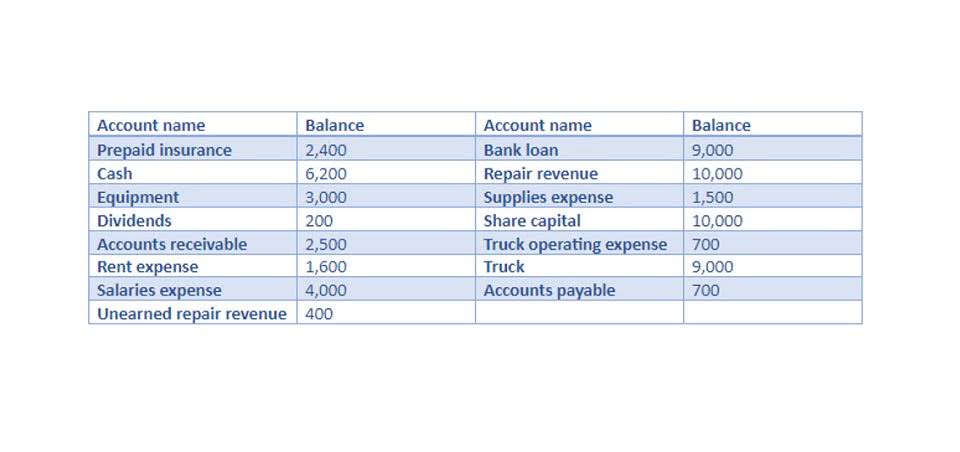
The more recent $1.50 cost would show up on the balance sheet as ending inventory. In this way, FIFO matches sales to the oldest costs first, resulting in the most recent costs being used to value ending inventory. In periods of rising prices, FIFO results in higher net income than LIFO. The opposite is true in falling price environments – LIFO shows higher profits compared to FIFO.
- If COGS shows a higher value, profitability will be lower, and the company will have to pay lower taxes.
- The FIFO inventory method assumes that the oldest goods purchased are the first to leave the company as sales occur.
- And you also have to use the same method for future accounting periods.
- Because LIFO expenses newer, higher-cost inventory first, it provides a more realistic view of current expenses.
- Next, inaccurate record-keeping can lead to errors in COGS calculations.
- While it’s not as commonly used as FIFO, LIFO can provide strategic advantages in certain industries.
FIFO vs. Other Inventory Valuation Methods: Choose the Right Approach

Following the FIFO logic, ShipBob is able to identify shelves that contain items with an expiration date first and always ship the accounting nearest expiring lot date first. For instance, say a candle company buys a batch of 1,000 candles from their supplier at $2 apiece. Several months later, the company buys another batch of 1,000 candles – but this time, the supplier charges $10 for each candle. FIFO is a useful method in retail, manufacturing, warehouse operations, or any other industry that tracks inventory. Learn how Pattern’s tech-first approach can help you move products quickly and accurately, from packaging to your customer’s doorstep.
FIFO Method’s Effect on Financial Reports

You can use FIFO to figure out how much it costs to make the items you sell (i.e., cost of goods sold or COGS) and your gross profit. First, you’ll multiply the cost of your oldest inventory by the number of units sold. In addition to immediate tax implications, using how to calculate fifo inventory FIFO can lead to higher long-term tax liabilities.
Chemical and Pharmaceutical Industries
- This fundamental difference in inventory flow shapes the financial outcomes and operational strategies of your company.
- Click “Calculate” to see the resulting cost of goods sold based on FIFO.
- This can benefit early businesses looking to get loans and funding from investors.
- Then, since deflation decreases price over time, the ending inventory value will have less economic value.
- Businesses that operate under this model are more likely to make better financial decisions because of higher profit margins.
- FIFO or LIFO can have a big impact on your business’s financials and tax.
Knowing which to use can impact your business’s financial health and tax obligations. This article will break down the differences, financial impacts, and how to choose the best for you. This provides a better match between the current cost of inventory and current revenue, often seen as a more realistic measure of profit generated from ongoing operations during inflation. The result is higher COGS, lower profit, lower taxes, and a lower inventory value on the balance sheet (reflecting old costs). The cost of goods sold (COGS) reflects the cost of the oldest inventory, resulting in a lower COGS and a higher gross profit during periods of rising prices.

In that case, it’s easier to trace the cost and revenue of each particular unit. Average cost valuation uses the average cost of all your batches to determine the COGS for each unit. Compared to FIFO and LIFO, it is slightly easier since you’ll use the same COGS calculation https://www.bookstime.com/ for each unit sold. Let’s try LIFO for the same candle company that sold 110 units for $20 each. We will use the cost of the most recent batch first, which means that 50 of the candles cost $7 each.
How much do you know about inventory costing methods?
- The value of your ending inventory will then be based on the most recent inventory you purchased.
- LIFO, while useful for managing tax liabilities, doesn’t always reflect true maintenance costs.
- It has a couple of downsides though, which are a reduced valuation for the inventory, and decreased profits.
- It no longer matters when a particular item is posted to the cost of goods sold account since all of the items are sold.
- Businesses managing products with limited shelf life or rapid technological advancements benefit significantly from this approach.
- This calculation is crucial for determining gross profit, a key indicator of financial health.
- When prices are rising, FIFO results in lower COGS because older, cheaper inventory is used for calculations.
Tractian’s CMMS eliminates the guesswork by providing real-time visibility into stock levels, part usage, and reorder points. Manufacturers rely on FIFO to track raw materials, work-in-progress (WIP), and finished goods. Using FIFO guarantees that older materials are used first, reducing the risk of stale inventory and aligning with production efficiency goals. Manufacturers of vehicles, machinery, and industrial equipment often experience fluctuations in material costs, such as steel and electronics.
Business Services

The average cost method is the simplest as it assigns the same cost to each item. The average cost is found by dividing the total cost of inventory by the total count of inventory. There are other valuation methods like inventory average or LIFO (last-in, first-out); however, we will only see FIFO in this online calculator.
Sales and Operations Planning (S&OP): Guide 2025
Businesses need strong inventory management systems to ensure accurate stock control, reorder points, and financial reporting. This offers a financial benefit, particularly for companies aiming to lower their tax burden during inflationary periods. However, adopting LIFO means that older inventory values stay on the balance sheet, which might not accurately represent the actual market value of a company’s stock. LIFO (Last In, First Out) is an inventory valuation method that assumes the most recently purchased inventory is sold or used first, while older stock remains in storage. This article breaks down what the FIFO method is, how to calculate FIFO for your store and the key differences from LIFO. Plus, how your business can benefit from applying this inventory accounting method and how Easyship can help you simplify shipping today.





دیدگاهتان را بنویسید